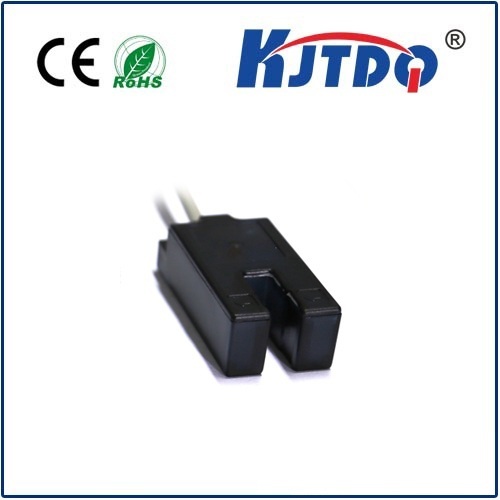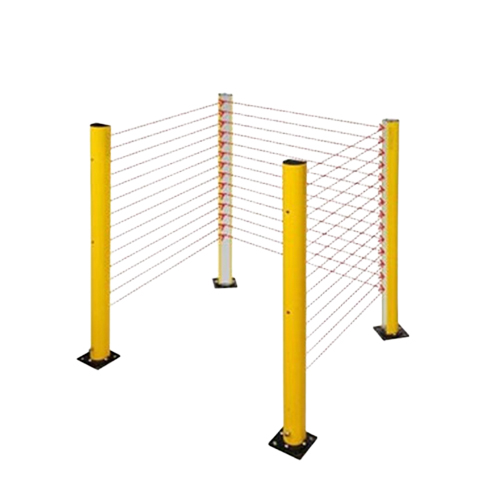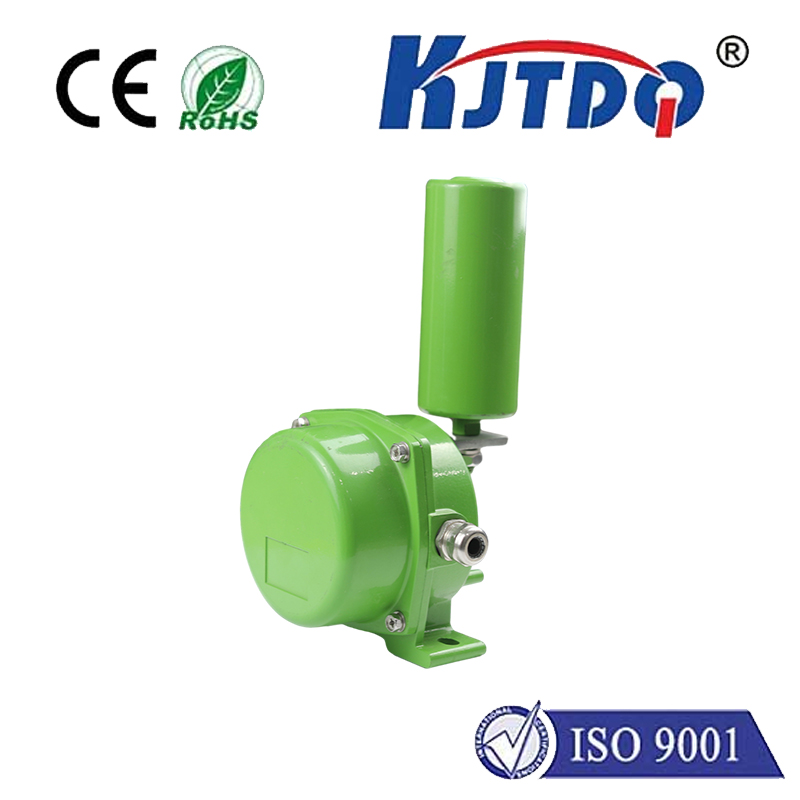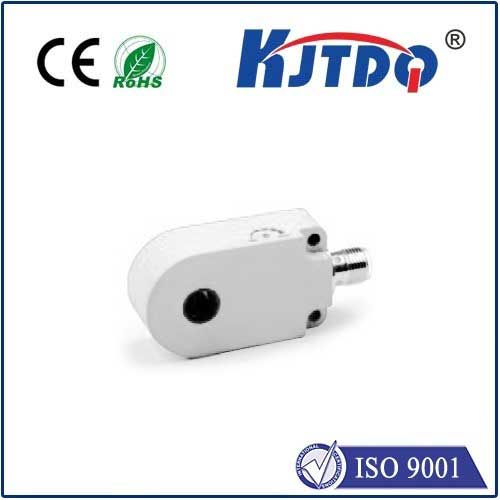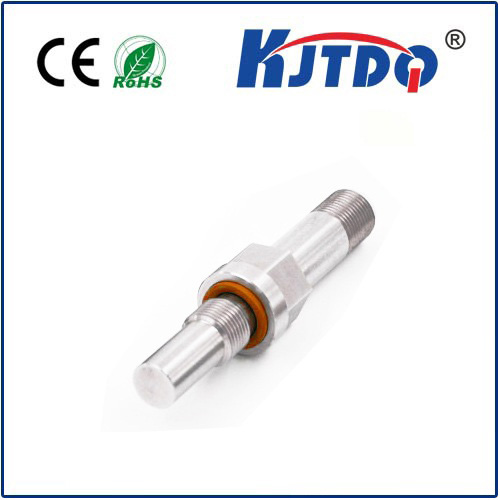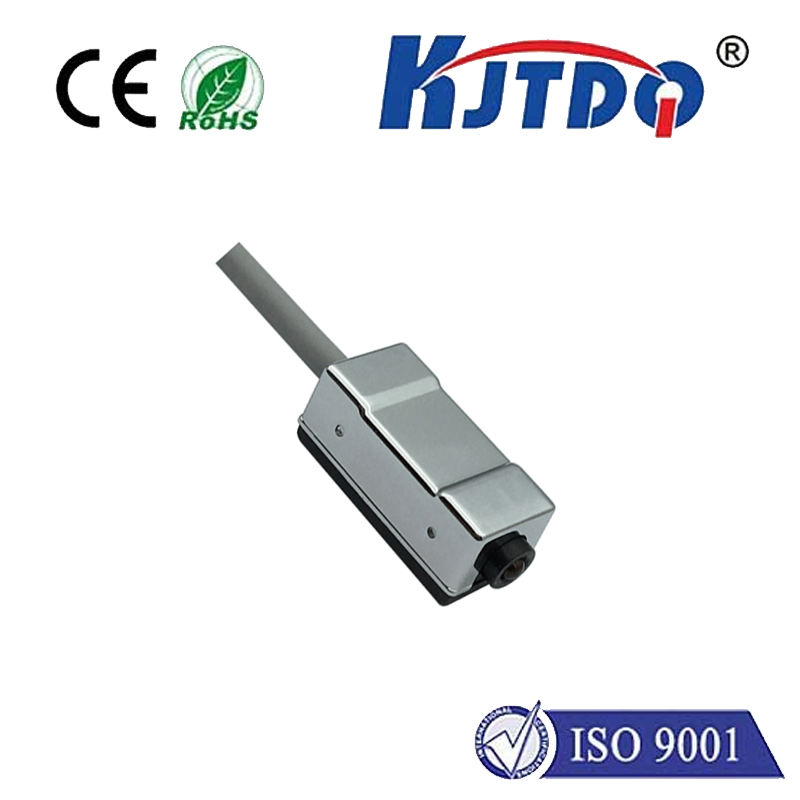E2E-X2MF1-M3-Z proximity sensor
- time:2025-09-23 02:09:23
- Нажмите:0
E2E-X2MF1-M3-Z: The Precision Proximity Sensor for Demanding Industrial Environments
On the bustling factory floor, amidst the rhythmic hum of machinery and the precise movements of automated systems, reliability is king. Missing a critical component detection or experiencing a sensor failure can ripple through production lines, causing costly delays. This is where high-performance components like the E2E-X2MF1-M3-Z proximity sensor step into the spotlight, engineered to deliver unwavering precision and durability in the most challenging settings. Offering exceptional accuracy and a robust build, this specific model addresses the core need for dependable non-contact metal detection.
Understanding Proximity Sensors: The Non-Contact Workhorses
At its core, an индукционный датчик приближения like the E2E-X2MF1-M3-Z is designed to detect the presence or absence of metallic objects without any physical contact. This is crucial in environments where mechanical switches would wear out quickly or where delicate components might be damaged by touch. They operate on a simple principle: generating an electromagnetic field from a coil within the sensor head. When a metal target enters this field, it induces eddy currents within the metal, which in turn causes a measurable change in the sensor’s internal oscillation or field characteristics. This change prompts the sensor to send an output signal, effectively “sensing” the object’s presence.
Decoding the E2E-X2MF1-M3-Z: Precision Engineered

The model number isn’t just a random string; it’s a concise specification sheet providing vital information about the sensor’s capabilities and physical characteristics, vital for seamless integration into machinery:
- E2E: Represents this sensor’s lineage within Omron’s extensive E2E series of cylindrical inductive proximity sensors, renowned for their performance.
- X2: This crucial segment denotes the sensor’s nominal sensing distance: 2mm ± 10%. This is the optimal distance at which the sensor can reliably detect a standard metal target (typically mild steel). Precision here is paramount for applications requiring tight positional accuracy.
- MF1: Indicates the specific housing material and thread size. “M” signifies a shielded (flush-mountable) sensor head design, allowing installation flush into metal mounting surfaces without losing sensing capability. “F” denotes a stainless steel housing (typically SUS303), offering superior corrosion resistance, crucial for harsh environments like food processing, chemical handling, or outdoor washdown areas. “1” specifies the thread size: M12 x 1, a very common and compact size ideal for numerous machine designs.
- M3: Specifies the connection type. М3 indicates a pre-wired cable terminated with M3 screw terminals. This type of connection facilitates easy wiring and replacement, compared to integral connectors. The specific M3 size details the terminal size used.
- Z: Defines the output configuration. З typically indicates an NPN type transistor output in a normally open (NO) configuration. This means:
- When no target is present, the output transistor is OFF (open circuit).
- When a target enters the sensing range, the output transistor switches ON, effectively connecting the output wire (black) to the common negative wire (blue), allowing current to flow to the connected load (like a PLC input).
NPN outputs are widely compatible and a standard choice in many industrial control systems.
Why Choose the E2E-X2MF1-M3-Z? Key Advantages in Action
This specific configuration makes the E2E-X2MF1-M3-Z particularly well-suited for numerous demanding industrial scenarios demanding precise, reliable metal detection:
- High Precision Positioning (2mm Range): The short, precise sensing distance is ideal for applications like verifying the presence of small components (screws, nuts, washers), detecting the end position of cylinders (including pneumatic piston rods), confirming part seating in fixtures, or checking for spindle tool presence in machining centers. Its accuracy minimizes false triggers and ensures reliable operation in tight spaces.
- Robust Stainless Steel Construction (MF): The SUS303 stainless steel housing provides outstanding resistance to corrosion from coolants, oils, mild chemicals, and atmospheric moisture. This makes the sensor highly suitable for environments such as:
- Machine tool coolant baths
- Food and beverage processing lines (subject to washdown)
- Packaging machinery exposed to dust or moisture
- Automated assembly lines in automotive or general manufacturing
- Shielded Design (M): The shielded (flush-mountable) head allows the sensor to be mounted directly into a metal bracket or machine frame without significant reduction in sensing range. This protects the sensor head from accidental impacts and simplifies installation in confined spaces.
- Simple M3 Cable Connection: The pre-wired cable with M3 screw terminals offers straightforward wiring and facilitates quick sensor replacement during maintenance downtime. Reliable connectivity is ensured with proper termination.
Primary Applications: Where Precision Meets Reliability
Given its robust specs, the E2E-X2MF1-M3-Z finds a vital role across diverse sectors of industrial automation:
- Станки: Critical for detecting spindle tools, confirming workpiece clamping or presence, monitoring coolant flow guards, and verifying tailstock/quill positions. Failure here risks catastrophic damage.
- Automated Assembly & Handling: Verifies the presence/absence of small metal parts (pins, clips, fasteners) feeding into assembly stations, detecting pallet position on conveyors, confirming gripper closure on robotic arms, and monitoring component transfer mechanisms. Consistent detection underpins production quality.
- Packaging Machinery: Detects the position of metallic components within packaging machines (like forming tools, cutter positions, or metal guides), monitors the presence of metal lids or caps, and controls filling levels using metallic actuators. Speed and reliability prevent costly jams.
- Перевозка материалов: Used for position detection on conveyors (detecting metallic rollers, chains), confirming the home position of automated guided vehicles (AGVs), and monitoring the position of lifts and gates.
- General Factory Automation: A ubiquitous sensor for position feedback on cylinders, detecting end-of-arm tooling on robots, confirming door closures or safety guard positions, and countless other tasks requiring reliable non-contact metal detection.
Installation and Optimization Tips for Peak Performance
Maximizing the reliability and longevity of your E2E-X2MF1-M3-Z involves careful installation and setup:
- Mounting: Securely mount the sensor using its M12 thread. For shielded types, ensure the front face is flush with or slightly recessed inside the mounting bracket for optimal performance when detecting flush targets. Maintain the specified minimum gap between multiple sensors to prevent mutual interference.
- Target Material: While primarily designed for steel, inductive sensors detect all metals. Be aware that the effective sensing distance reduces significantly for non-ferrous metals like aluminum, brass, or copper. Consult sensor datasheets for reduction factors. Using a standard mild steel target for setup and calibration is recommended.
- Wiring: Connect the brown wire to positive DC (12-24V typically), the **blue wire to







